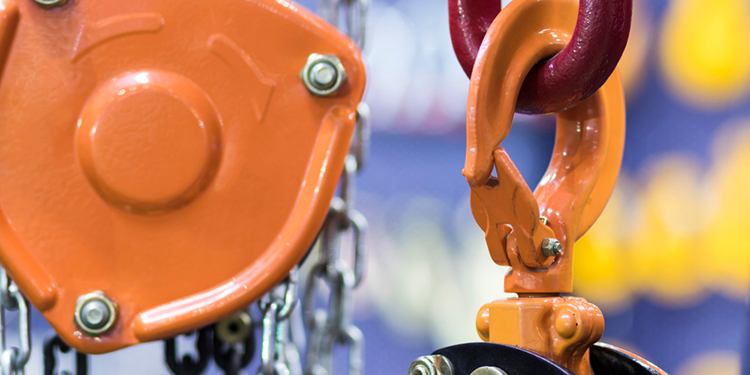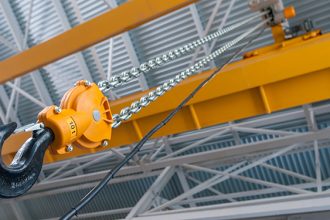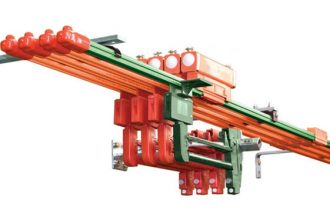Hoist Inspections 101: Covering The Basics

Overhead hoists—including wire rope, chain and lever types—are used for vertical lifting of freely suspended loads. And, because the vast majority of them are so reliable, it is easy to take their safe operation for granted. But that can mean they may not be inspected as often as they should, if at all. Not inspecting hoists on a regular schedule, however, can decrease the overall safety of a facility, as well as lead to unscheduled downtime and a loss of productivity. That’s why the Occupational Safety and Health Administration (OSHA), the American Society of Mechanical Engineers (ASME) and the Hoist Manufacturers Institute (HMI) of MHI specify regular inspections of hoists to identify wear or damage that could adversely impact their safe use.
- OSHA-CFR 29 Part 1910.179 is the federal regulation that applies to overhead and gantry cranes, to which hoists are typically attached. It requires inspections of new and altered cranes and hoists prior to use and at regular intervals by a trained, qualified professional.
- The ASME B30.16 Overhead Hoists (Underhung) standard calls for regular inspections performed by qualified persons trained to do so.
- HMI details recommended hoist inspection procedures in its free publication, “Hoist Inspection and Maintenance Personnel Manual.”
Additionally, all inspections should adhere to the guidelines covered in the equipment owner’s manual from the hoist manufacturer.
Inspections themselves range from simple to complex. At the simple end of the spectrum, pre-operational inspections should be performed by the hoist operator daily or at the start of each shift. HMI offers a free pre-inspection checklist that overviews areas of focus, including the operating mechanism, hoist limit devices, hooks, latches, and lifting media (chain, rope or strap).
Depending on the amount of use the hoist sees on a daily basis—as well as its degree of importance to facility operations—in-depth inspections are classified as either frequent (monthly for normal use; weekly for heavy use; and daily for severe use) or periodic (yearly for normal service; semi-annually for heavy service; and quarterly for severe service). Records of periodic inspections must be kept; recommended practice is that documentation of all inspections should also be kept on file. Additionally, any issues uncovered during any inspection should be noted and addressed immediately—up to and including removing the hoist from service until replacement parts can be secured and installed.
For facility owners who prefer to utilize the services of an independent hoist inspection professional rather than perform this task in-house, HMI members (who represent the industry’s leading suppliers of hoisting equipment) can provide a list of qualified inspectors. Additionally, HMI offers a variety of resources—including a comprehensive library of product guides; a hoist certification program; OSHA Alliance safety tip sheets, fact sheets and quick cards; multiple technical papers and more—via its website at www.MHI.org/hmi.
More details about performing hoist inspections are included in this recent MHI Solutions magazine article. To download a free copy of HMI’s Hoist Inspection and Maintenance Personnel Manual, click here.



